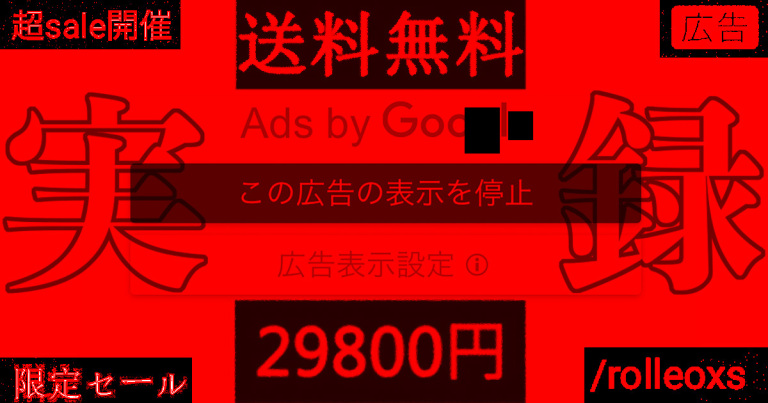
Is Google a god, or is it just as fallible as man?
“We often refer to Google as Google-sensei, but that’s not quite right. Google is a god; a god of the Internet. If you Google something and nothing comes up, then that thing doesn’t exist. That’s because Google is a god. You must not defy it. What Google says is absolute.”
So said our Japanese-language reporter Go Hatori, a Google fan. After all, if Google doesn’t know, no one knows, right?
Of course, Go knows that one of the things that Google, as a company, does is advertising, and they do it well. It’s one of their primary means of income. This very article probably has a Google ad somewhere. If you look around you, this world is full of Google ads. Even the commercials that interrupt your YouTube videos are Ads by Google.
Of course, we must trust the ads that Google recommends us. To doubt them is to blaspheme, because the one recommending them is, after all, a god. At least, that’s what Go would have said a year ago. After a recent experience with Google ads, though, he’s had his faith shaken to the core.
Go’s story began last year, when he was in search of a new wristwatch. He had no idea what brand he wanted; he just knew he wanted a luxury watch, something mature. Up until then, he’d only really been wearing the affordable and durable G-SHOCK brand by Casio, so he didn’t know much about watches.
It was just about then when this ad popped up while Go was browsing YouTube:
It boasted a “limited-time only sale” (限定セール) for luxury wristwatches, as well a “super sale” (超sale開催) and other eye-catching words, with watches on sale for only 29,800 yen (US$270.60).
Go looked closely at the images in the ad…
And saw that it advertised Rolexes!
“So these are the Rolexes everyone’s talking about!” he thought to himself. “But for 29,800 yen…isn’t that a little too cheap?”
On top of that, the name of the business advertising was…
…”rolleoxs”
How does one even pronounce that? “Roll-e-ox-es?” Either way, it’s probably just a shop name, right? There’s no way it’s a shop that sells counterfeit Rolexes, because this is a Google ad, and Google would never lie. Go even checked for the “Ads by Google” slogan, and it was right there.
If Google says it, then it must be true. Intrigued, Go, who is normally very good at sniffing out–and calling out–scams, clicked the ad, and it took him to an online shop.
Immediately, alarm bells began ringing in his head. There were just too many curious things about this homepage. First of all, look at the logo.
Doesn’t the name “Rollexes” look suspiciously familiar to the company name “rolleoxs”?
What’s more, Go went to the “About Us” page, and found something even weirder…
The name used there is also slightly different! “Rolexei”, it says. That was a bit suspicious. Go also noticed that the company is based in China, where many counterfeit items are produced and sold. It all seemed rather dubious.
Well, putting all that aside for a time, Go decided to look at the watches and see what they offer.
One particular Rolex, with an 18-karat rose gold case, was selling for less than 30,000 yen when its usual price is almost 3,120,000 yen. That is a tremendous deal, especially considering fellow reporter Mr. Sato had a mid-life crisis when he tried to buy a Rolex for 100,000 yen. But what really drew Go’s attention was the fact that they allow the payment option of “Cash on Delivery” (代金引換). Normally, a scammer would make you pay with a credit card, so that they can use your card info to make future purchases, right?
When Go went to do a mock check-out, he found that Cash on Delivery (COD) was actually the only payment option available! Seriously? By only offering COD, the seller is taking on a huge risk, because they don’t get paid until the item is delivered. If the customer declines the delivery, or the item is lost, they’ll lose money.
Strange as it is, Go considered this evidence that maybe this wasn’t actually a scam. He felt that if he placed an order, he would actually receive his order…or at least he hoped so. And in any case, he found this website through a Google ad, an ad vetted by Google…and to doubt Google is to blaspheme. Lord Google, my deepest apologies for doubting you!
Go believed in Google, and in the ad. He placed the order.
▼ Order confirmation e-mail: “Thank you for your order!”
All that was left to do was wait.
But he waited a long time, and the product never arrived. The website said it would take three days, but had that been a lie? Go sent them an e-mail asking when, approximately, his watch would be delivered, and received this response back:
“Good morning. I’m very sorry but your product has been shipped. According to the staff, due to the influence of the coronavirus, products may get stopped at customs, and may take a few days. Sorry for the trouble, but we hope you understand.”
The Japanese sounded a little funny, but the message was clear: the watch was probably stopped at customs. But that made Go begin to wonder…was it stopped at customs because it was a fake? So he took a chance and decided to ask, “By the way, this is a real Rolex right?”
To which he received this simple reply:
▼ “It’s real”
Well then! That settled it. It’ll be fine. It’s a real watch, so it must be stopped at customs because of coronavirus, just as they said.
Then, 22 days after this exchange…
It finally arrived!
In total it took 35 days to get to him, but Go finally had it in hand. The packaging, however, didn’t look at all like a luxury product. Was it really, truly a Rolex?
Was it…
really?
It…
It was!!
A Rolex!
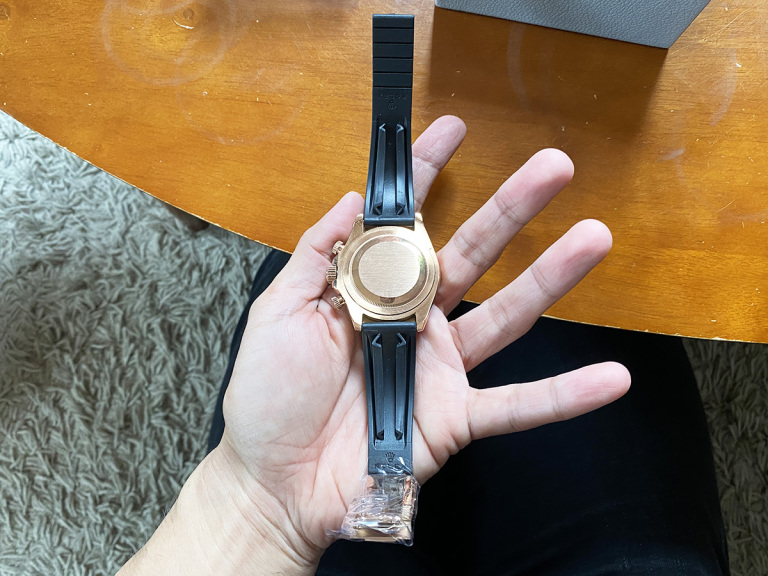
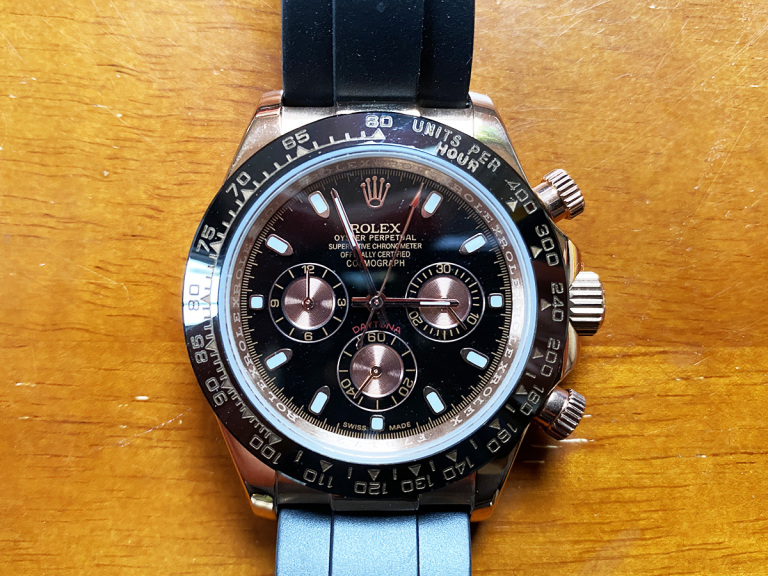
Oddly, it smelled really strongly of oil, but maybe that’s just the smell that new Rolexes have…?
Either way, on Go’s wrist, it definitely had the aura of a luxury Rolex!
The website said it was 18-karat rose gold, which made Go pretty excited. It was his first Rolex, and he was so proud!
He brought it to the office to show off, whereupon SoraNews24 owner Yoshio and fellow reporter Seiji Nakazawa began to examine it.
“It’s probably fake,” they said.
“How rude!” thought Go. “What a thing to say! Take that insult back right now!!” With a more restrained annoyance, Go retorted, “Now you listen here. This watch, you know, is a real Rolex I bought after I saw a Google ad. It’s real, I tell you!”
Then he went on to talk about how Google is a god and that it would never steer anyone wrong with its ads, and Yoshio and Seiji pretended to listen until they could politely escape.
Meanwhile, Go began to get nervous.
He’d truly bought it thinking it would be real, but there were some niggling doubts. It had come in an indistinct box, and it hadn’t come with a certificate of authenticity or anything like that. Perhaps it was really a fake…?
So Go decided to take his new Rolex to a place that could verify if it was a true Rolex or not. The first place he went to was a pawn shop with very high customer ratings. They buy and sell all kinds of luxury brands, including Rolexes.
The shop was pretty small, but as Go entered, a man wearing glasses, who appeared to be the owner, welcomed him to the counter.
Go said, “I have this Rolex that I bought online…” and took it out of the box. The attendant, with his eyebrows pinched, said, “Based on our criteria, I can’t buy it from you.”
Huh? What does that mean? That’s some kind of roundabout way of talkng. but with nearly 30,000 yen on the line, Go wasn’t about to let someone beat around the bush with it, so he asked the clerk straight out, “Does that mean that this watch is a fake?”
“If you go to a Rolex store, I think they’ll be able to tell you if it’s counterfeit or not. But based on our criteria, I can’t buy it from you…”
He wouldn’t even tell Go if it was fake or not! Go wondered why. Was it because he wouldn’t defy the Google god?
Well, he supposed the best thing to do was to go to a Rolex shop, just as the clerk suggested. Go headed to the closest one right away, which happened to be in a department store filled with luxury brands. The sheer high-browness of it made Go feel a little nervous, but he rallied his courage and went in.
He asked the attendant at the Rolex counter there if they would be able to tell if it was real or not, but she said, “We don’t appraise the watches here. We can only take a look at broken watches to see if they can be fixed.” They did offer to take a look at the watch, even if they wouldn’t be able to make a definitive statement, though, and pointed out a few things that seemed off: the box was different, the movement of the stopwatch mechanism was unusual, and the strap wasn’t the type they usually use.
When Go asked them, “So, it’s not a genuine piece?” they only smiled nervously and said, “We’re sorry to inform you that this is made differently from how we make our timepieces.”
Another fruitless trip. But Go did learn some valuable information: the Rolex shop in the Marunouchi neighborhood of Tokyo, which is known as the “Japan Rolex Tokyo Service Center”, offers other services, which meant they could probably tell him if his watch was real or not, so as a last-ditch effort, Go took his watch there.
When he pushed open the heavy doors, he was greeted by a man in a perfectly fitted suit, who listened gravely as Go explained his situation, and then quickly examined the piece. With shocking speed, he concluded, “This was not made by our company.”
Just in case, he had a technician appraise the piece too, but their conclusion was the same: it was not produced by the Rolex company.
“I can tell at first glance,” the technician told Go. “Since I work with the same model every day, it’s easy to see the difference between the builds.”
It was an impressively professional assessment. The speed of their judgment and their customer service were on point. With a fleeting hope of finally hearing the truth, Go asked the question:
“So, is this a fake?”
“If I were to say it in your words, yes, I would say it is a fake.”
This made the Rolex clerk the third person who was quick to say Go’s watch wasn’t a Rolex, yet not immediately, in their own words, call it a fake. Were they simply trying to spare the feelings of someone who’d been duped by a knockoff? Were they taking the high road by not slapping hurtful labels on another company’s products? Or by calling it an outright fake, would that somehow invoke the power of the Google gods, who would attempt to set the universe right by erasing Go’s watch from existence entirely?
Either way you put it, Go had trusted in the providence of Google and in its ads, and ended up buying a fake Rolex. In other words, Google had showed him ads for fake Rolexes.
Actually “showed” isn’t quite right, because ever since this debacle, Go continues to be shown cheap Rolex ads everywhere. On various websites…
…On YouTube…
Even on his own personal blog!!
And they were all different shop names from “rolleoxs”, with different domains, even though the prices, designs, and schemes were completely identical. Every time Go sees them now, he takes a screenshot and investigates them, and every time he’s found that they’re Ads by Google.
Google was absolutely insistent, advertising in lots of different ways for him to buy into Asia’s sketchy businesses. That means that Google is complicit in selling these counterfeit watches. Of course, the real bad guys here are the people who are actually selling these counterfeit articles. Perhaps Google is a just another victim, innocently accepting ads for fake designer products. But still, Go was disappointed, and he has this to say to Google:
“Google, get it together. Are you cool with being played like this? If you keep up with this, everyone is going to know!” says Go. “Many people say that Google is like a god, but this time it’s not. It’s a scam.”
Photos © SoraNews24
● Want to hear about SoraNews24’s latest articles as soon as they’re published? Follow us on Facebook and Twitter!
[ Read in Japanese ]


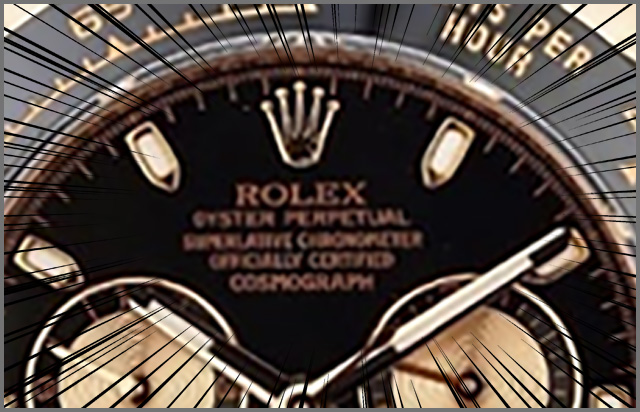



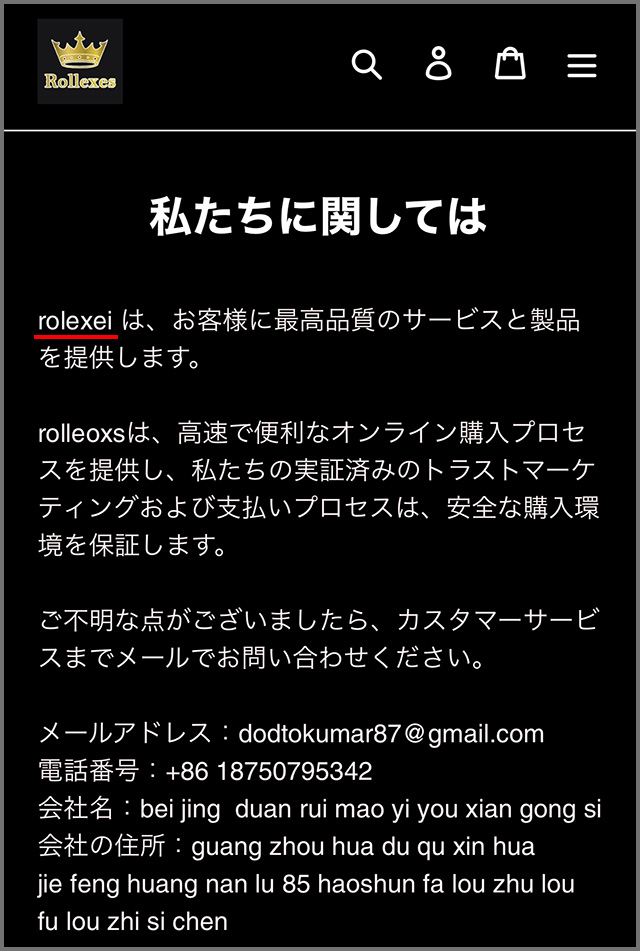
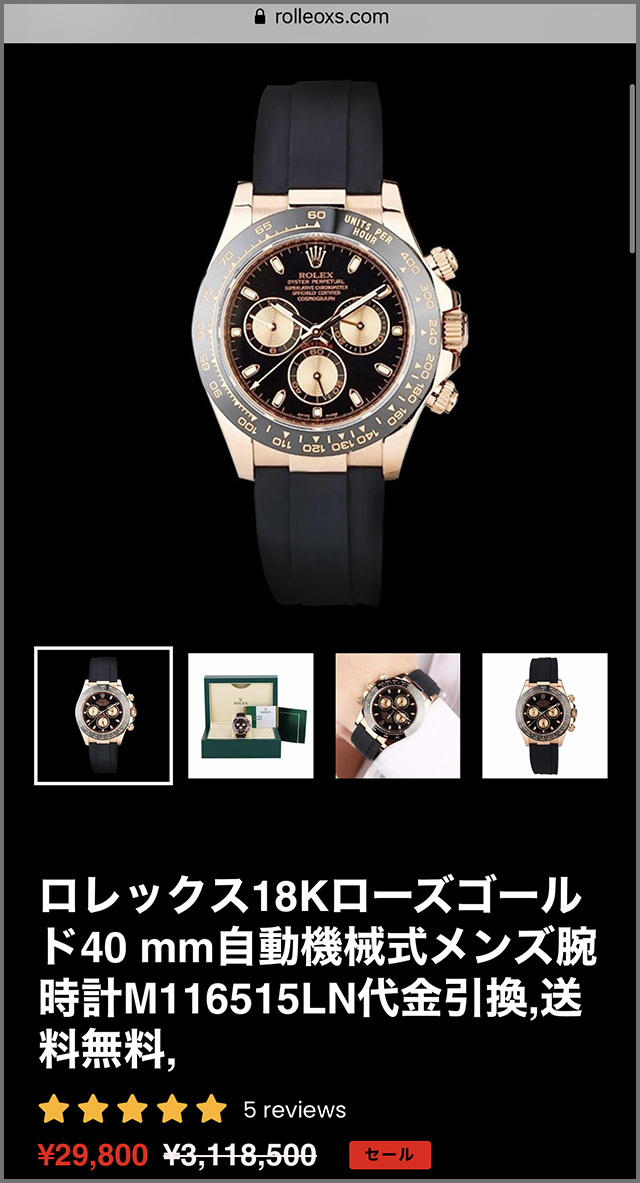
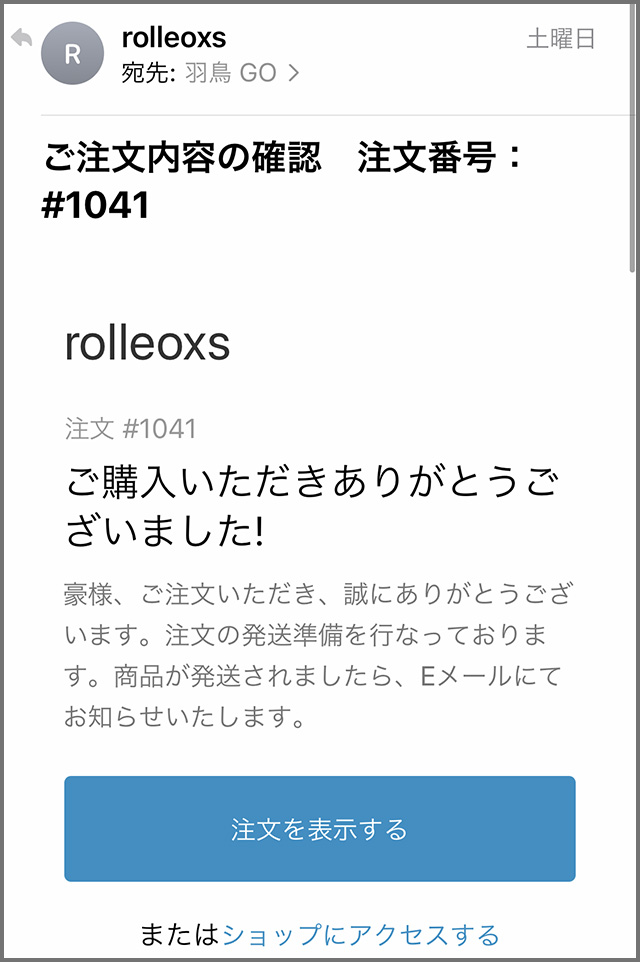


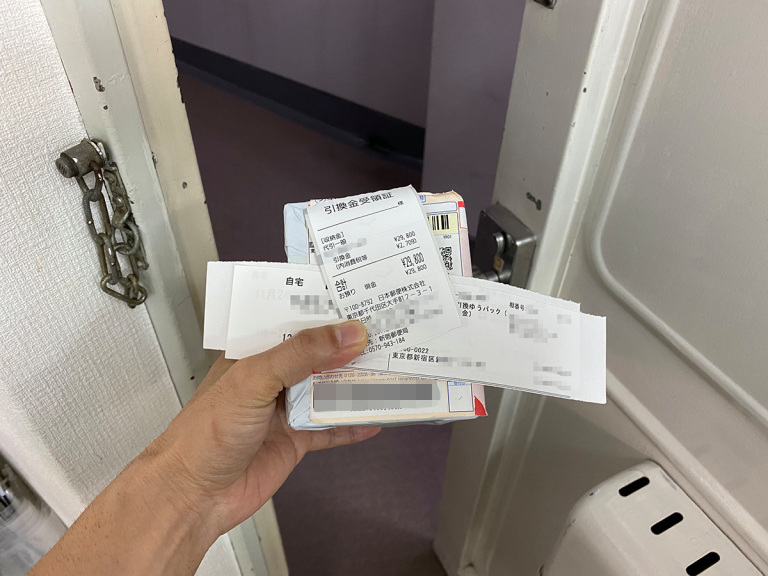


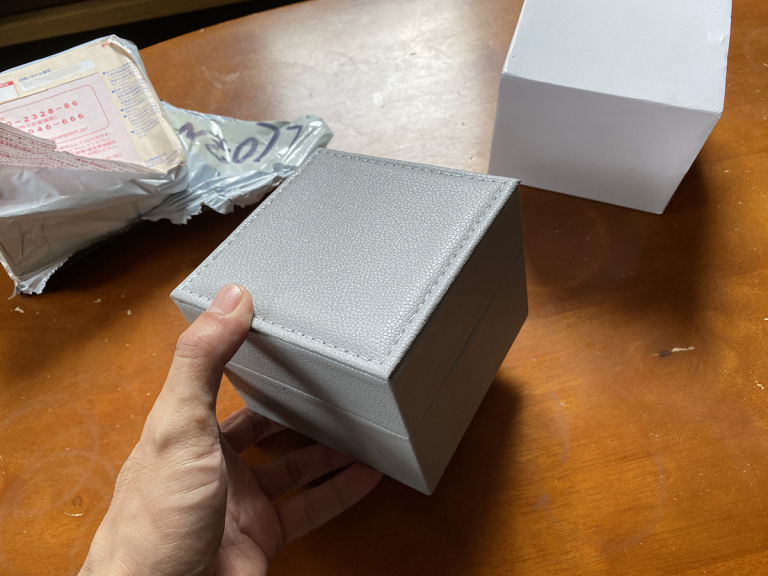
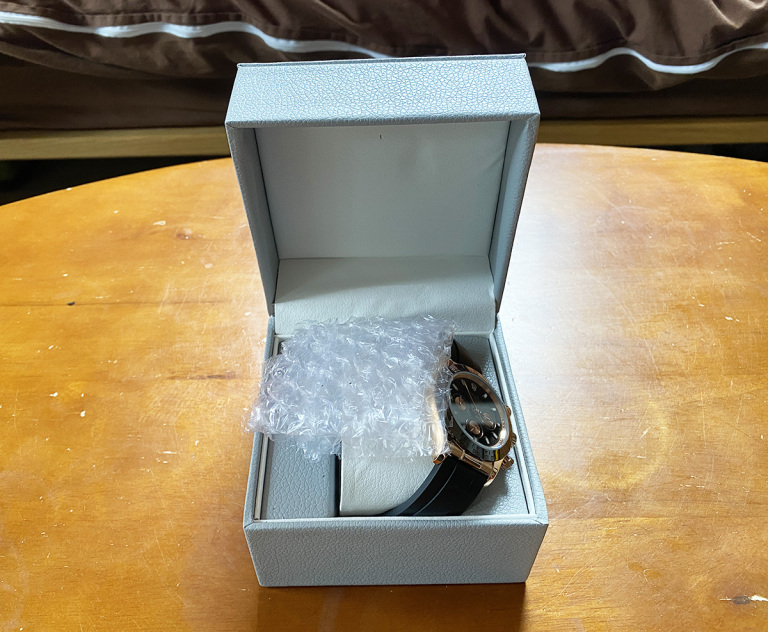
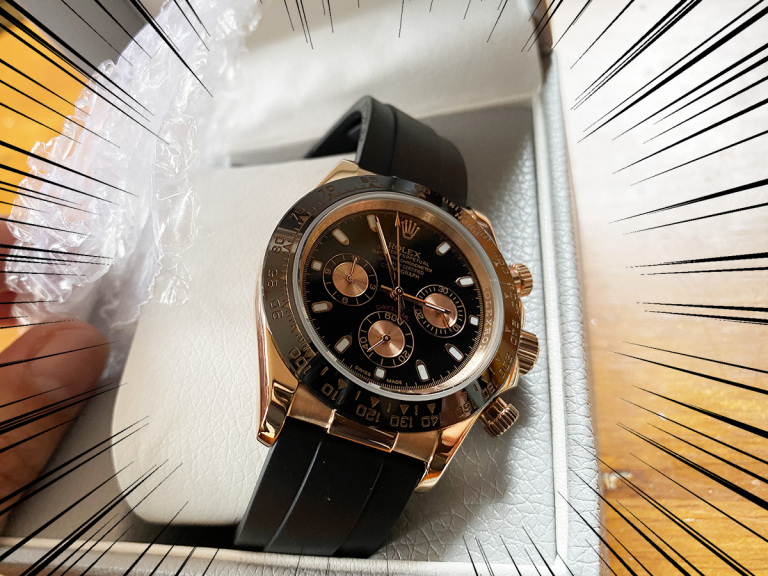
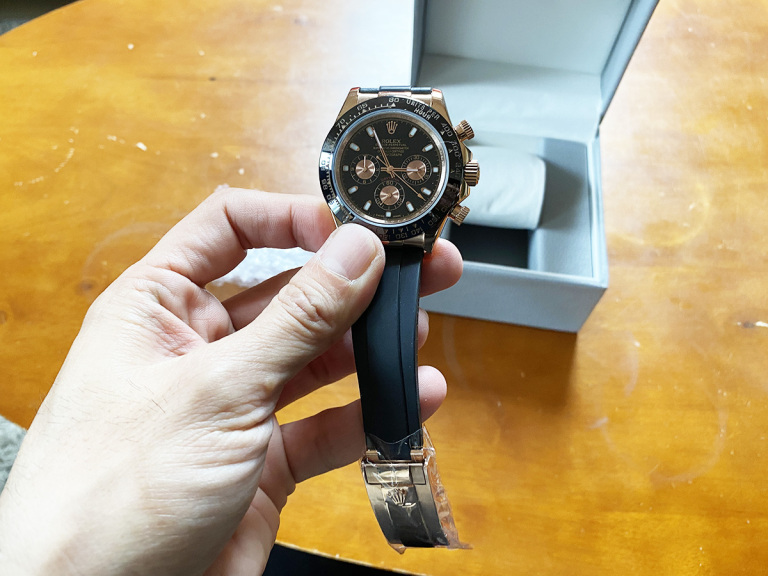

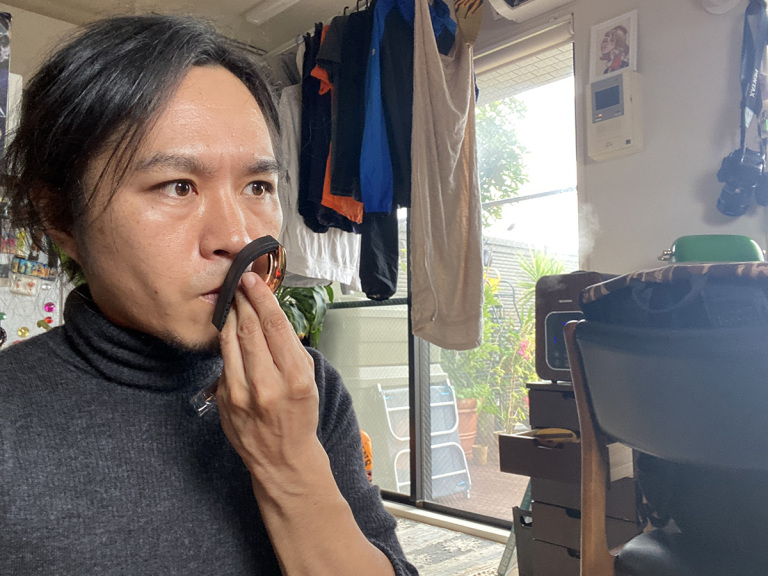
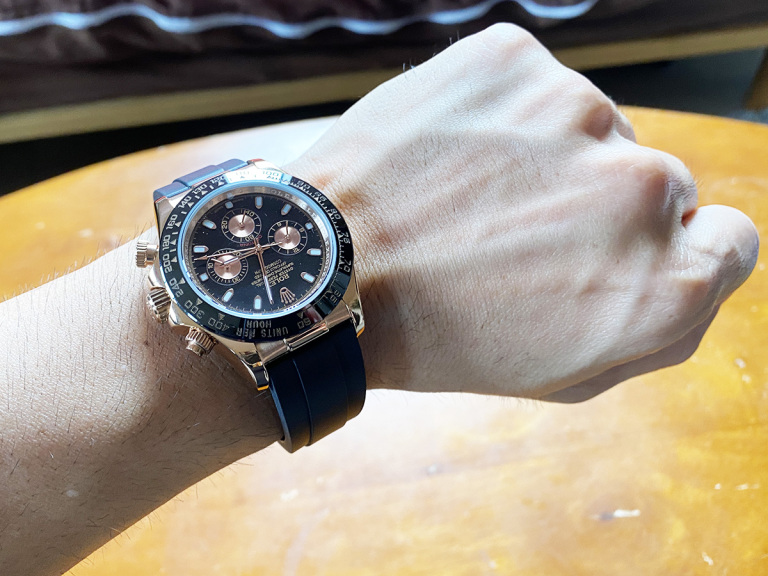
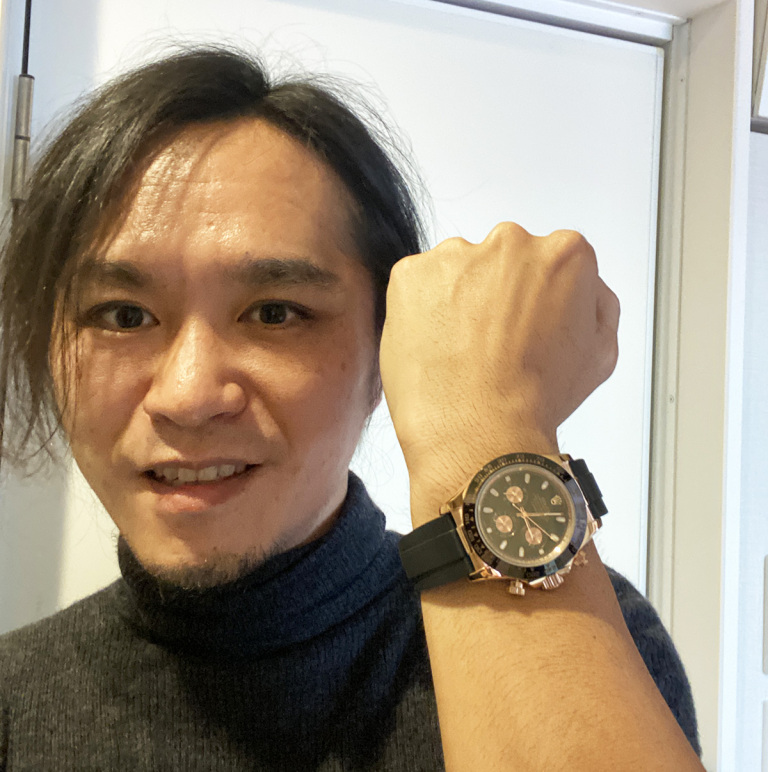
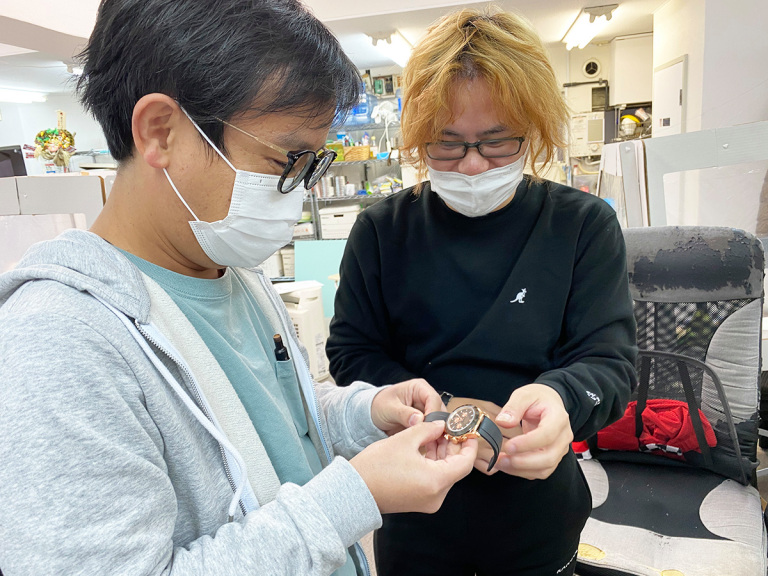

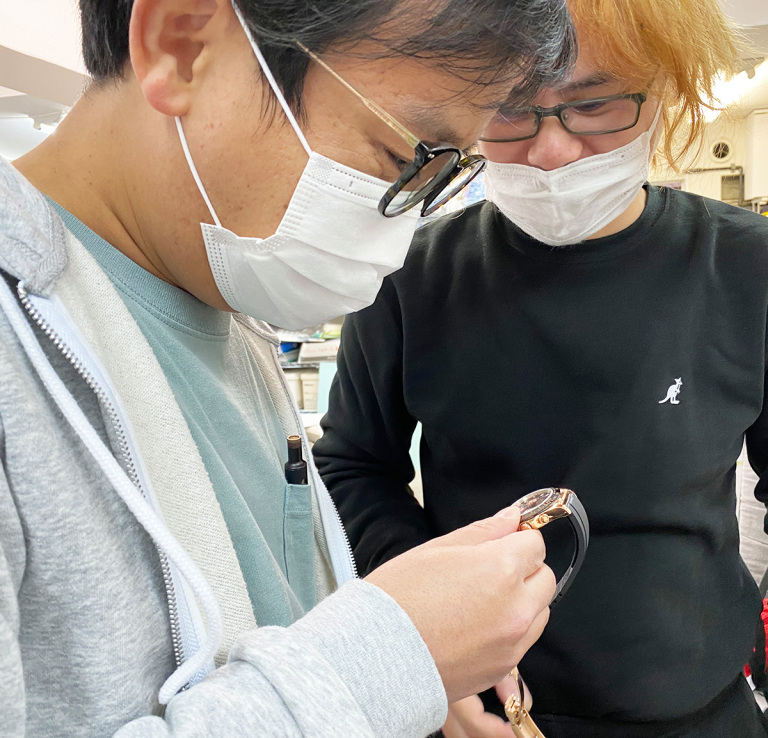
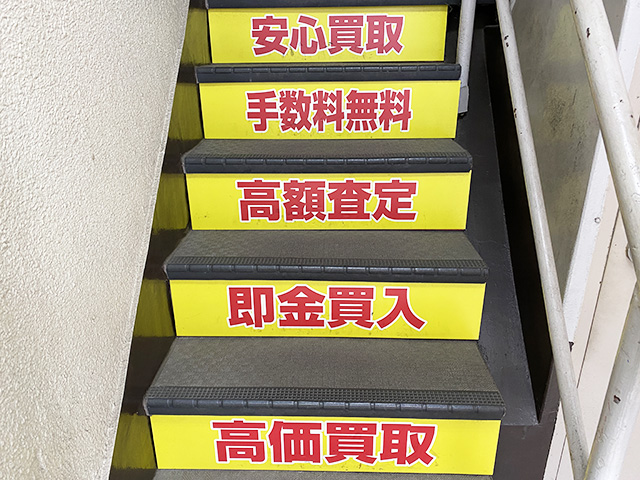
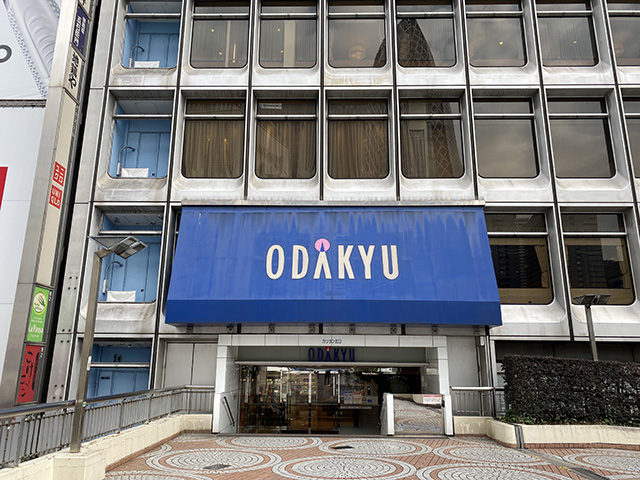
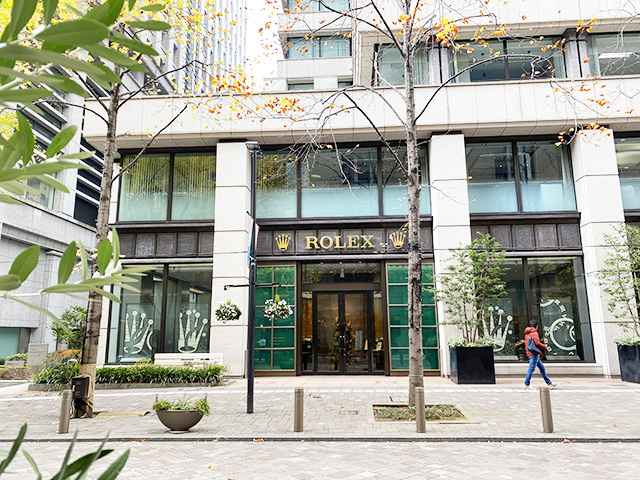

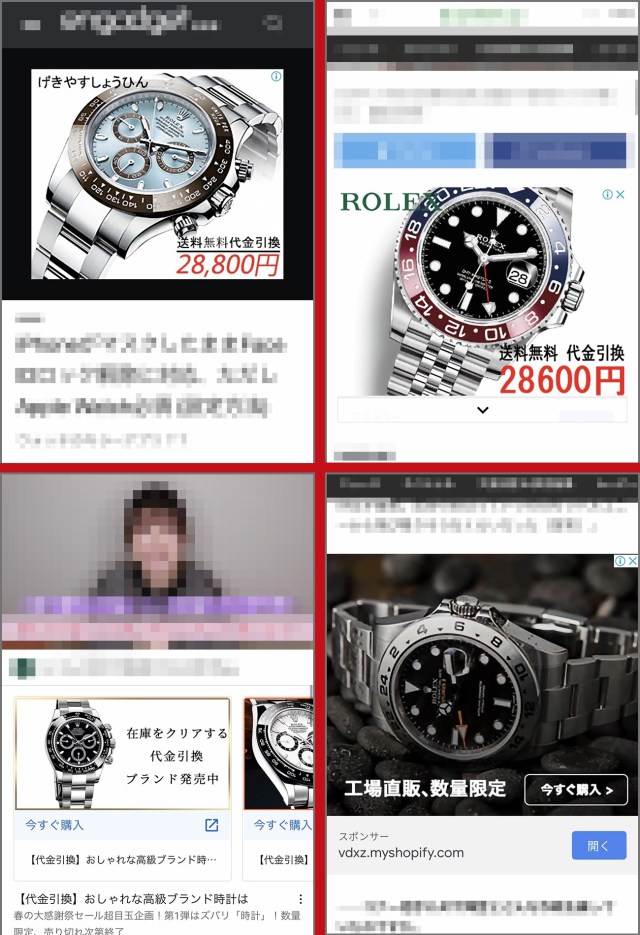

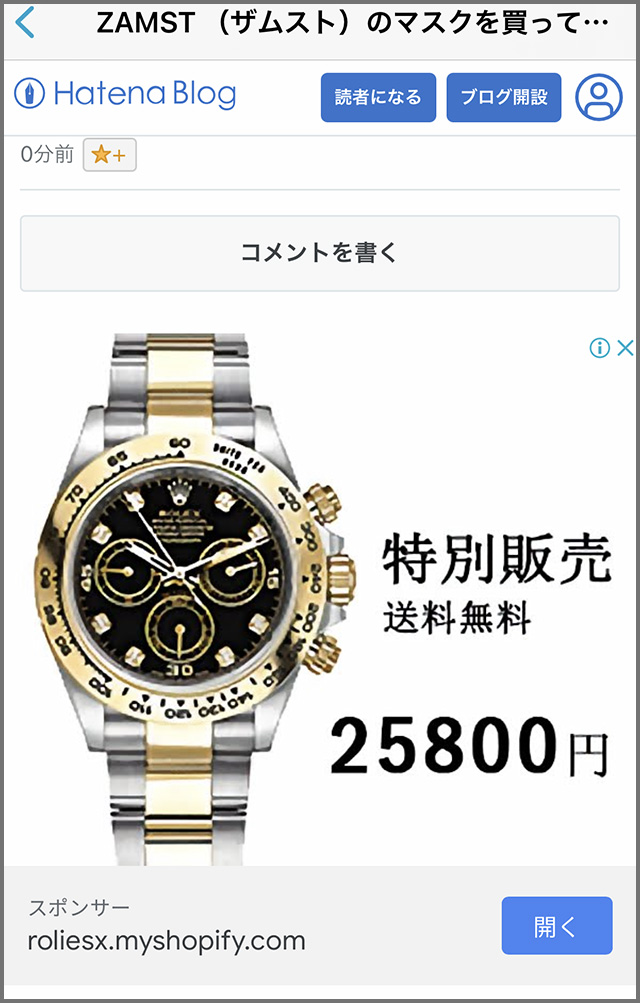
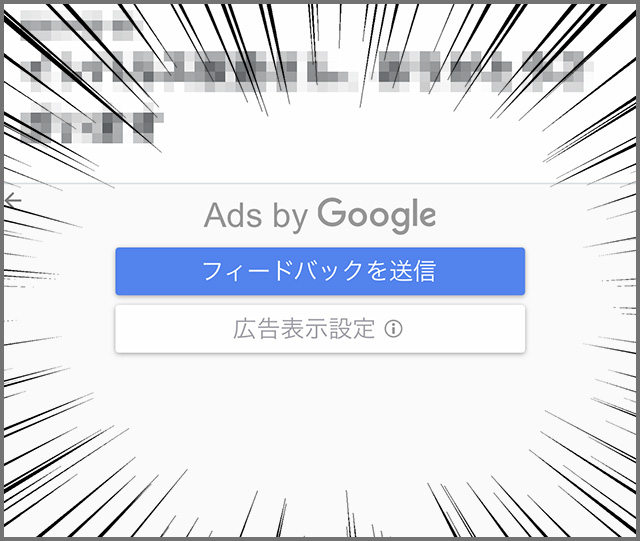
 Hey, online knockoff seller, is this a Puma tracksuit, or something else?【Photos】
Hey, online knockoff seller, is this a Puma tracksuit, or something else?【Photos】 What makes a good boss in Japan? Workers sound off in survey
What makes a good boss in Japan? Workers sound off in survey Rakuten randomly offers 58 New Year’s osechi feasts in Japan, but did we get a star or a dud?
Rakuten randomly offers 58 New Year’s osechi feasts in Japan, but did we get a star or a dud? Japanese convenience store fools us with its 40-percent-more sandwich, but in a good way
Japanese convenience store fools us with its 40-percent-more sandwich, but in a good way Nearly one in ten young adults living in Japan isn’t ethnically Japanese, statistics show
Nearly one in ten young adults living in Japan isn’t ethnically Japanese, statistics show North Korean defector describes her crazy escape and adjustment to modern life
North Korean defector describes her crazy escape and adjustment to modern life Sanrio lucky bag gives you cute My Melody and Kumori merch, all your money back in burgers coupons
Sanrio lucky bag gives you cute My Melody and Kumori merch, all your money back in burgers coupons Majority of Japanese men say they feel some discomfort seeing female janitors in men’s restrooms
Majority of Japanese men say they feel some discomfort seeing female janitors in men’s restrooms Dragon Quest Burgers and Slime drinks are coming to McDonald’s Japan【Video】
Dragon Quest Burgers and Slime drinks are coming to McDonald’s Japan【Video】 Osaka teen arrested for hacking into Internet cafe’s app to steal data, was helped by Chat-GPT
Osaka teen arrested for hacking into Internet cafe’s app to steal data, was helped by Chat-GPT Private booths are coming to Japan’s Shinkansen bullet trains even sooner than we’d thought【Video】
Private booths are coming to Japan’s Shinkansen bullet trains even sooner than we’d thought【Video】 Starbucks Japan ready to get Year of the Horse started with adorable drinkware and plushies【Pics】
Starbucks Japan ready to get Year of the Horse started with adorable drinkware and plushies【Pics】 Japanese beef bowl chain Sukiya’s 2026 Smile Box lucky bag basically pays for itself
Japanese beef bowl chain Sukiya’s 2026 Smile Box lucky bag basically pays for itself Hayao Miyazaki says Happy New Year to Studio Ghibli fans with new art for Year of the Horse
Hayao Miyazaki says Happy New Year to Studio Ghibli fans with new art for Year of the Horse Cup Noodle tries an authentic Jiro-style ramen, but something’s not quite right
Cup Noodle tries an authentic Jiro-style ramen, but something’s not quite right The best Starbucks Japan Frappuccinos we want to drink again in 2026
The best Starbucks Japan Frappuccinos we want to drink again in 2026 We revisited Sweets Paradise after a decade to see if Japan’s dessert buffet still delivers
We revisited Sweets Paradise after a decade to see if Japan’s dessert buffet still delivers That time Seiji called JASRAC to ask why he didn’t get paid royalties for his song being on TV
That time Seiji called JASRAC to ask why he didn’t get paid royalties for his song being on TV We found possibly the quietest Japanese-style hotel in Tokyo’s bustling Shinjuku district
We found possibly the quietest Japanese-style hotel in Tokyo’s bustling Shinjuku district Pizza Hut Japan’s hot lucky bags are perfect for a New Year’s pizza party
Pizza Hut Japan’s hot lucky bags are perfect for a New Year’s pizza party Japan’s oldest largetooth sawfish in captivity back on display in Mie Prefecture
Japan’s oldest largetooth sawfish in captivity back on display in Mie Prefecture 7-Eleven Japan starts new temporary luggage storage service in over 300 branches
7-Eleven Japan starts new temporary luggage storage service in over 300 branches Disillusionment at Tsukiji’s tourist-target prices led us to a great ramen restaurant in Tokyo
Disillusionment at Tsukiji’s tourist-target prices led us to a great ramen restaurant in Tokyo Starbucks teams up with 166-year-old Kyoto doll maker for Year of the Horse decorations【Photos】
Starbucks teams up with 166-year-old Kyoto doll maker for Year of the Horse decorations【Photos】 Tokyo considering law requiring more trash cans following litter increase in heavily touristed area
Tokyo considering law requiring more trash cans following litter increase in heavily touristed area Tokyo’s Tsukiji sushi neighborhood asks tour groups to stay away for the rest of the month
Tokyo’s Tsukiji sushi neighborhood asks tour groups to stay away for the rest of the month Tokyo event lets you travel back in time, for free, to celebrate 100 years since Showa era start
Tokyo event lets you travel back in time, for free, to celebrate 100 years since Showa era start Japan may add Japanese language proficiency, lifestyle classes to permanent foreign resident requirements
Japan may add Japanese language proficiency, lifestyle classes to permanent foreign resident requirements Sanrio theme park in Japan announces plans to expand into a Sanrio resort
Sanrio theme park in Japan announces plans to expand into a Sanrio resort Stamina-destroying “Paralysis Noodles” are Tokyo’s newest over-the-top ramen innovation
Stamina-destroying “Paralysis Noodles” are Tokyo’s newest over-the-top ramen innovation Survey asks foreign tourists what bothered them in Japan, more than half gave same answer
Survey asks foreign tourists what bothered them in Japan, more than half gave same answer Japan’s human washing machines will go on sale to general public, demos to be held in Tokyo
Japan’s human washing machines will go on sale to general public, demos to be held in Tokyo Japan’s deadliest food claims more victims, but why do people keep eating it for New Year’s?
Japan’s deadliest food claims more victims, but why do people keep eating it for New Year’s? We deeply regret going into this tunnel on our walk in the mountains of Japan
We deeply regret going into this tunnel on our walk in the mountains of Japan Studio Ghibli releases Kodama forest spirits from Princess Mononoke to light up your home
Studio Ghibli releases Kodama forest spirits from Princess Mononoke to light up your home Major Japanese hotel chain says reservations via overseas booking sites may not be valid
Major Japanese hotel chain says reservations via overseas booking sites may not be valid Put sesame oil in your coffee? Japanese maker says it’s the best way to start your day【Taste test】
Put sesame oil in your coffee? Japanese maker says it’s the best way to start your day【Taste test】 No more using real katana for tourism activities, Japan’s National Police Agency says
No more using real katana for tourism activities, Japan’s National Police Agency says Starbucks Japan reveals new sakura drinkware collection, inspired by evening cherry blossoms
Starbucks Japan reveals new sakura drinkware collection, inspired by evening cherry blossoms Updated cherry blossom forecast shows extra-long sakura season for Japan this year
Updated cherry blossom forecast shows extra-long sakura season for Japan this year
Leave a Reply